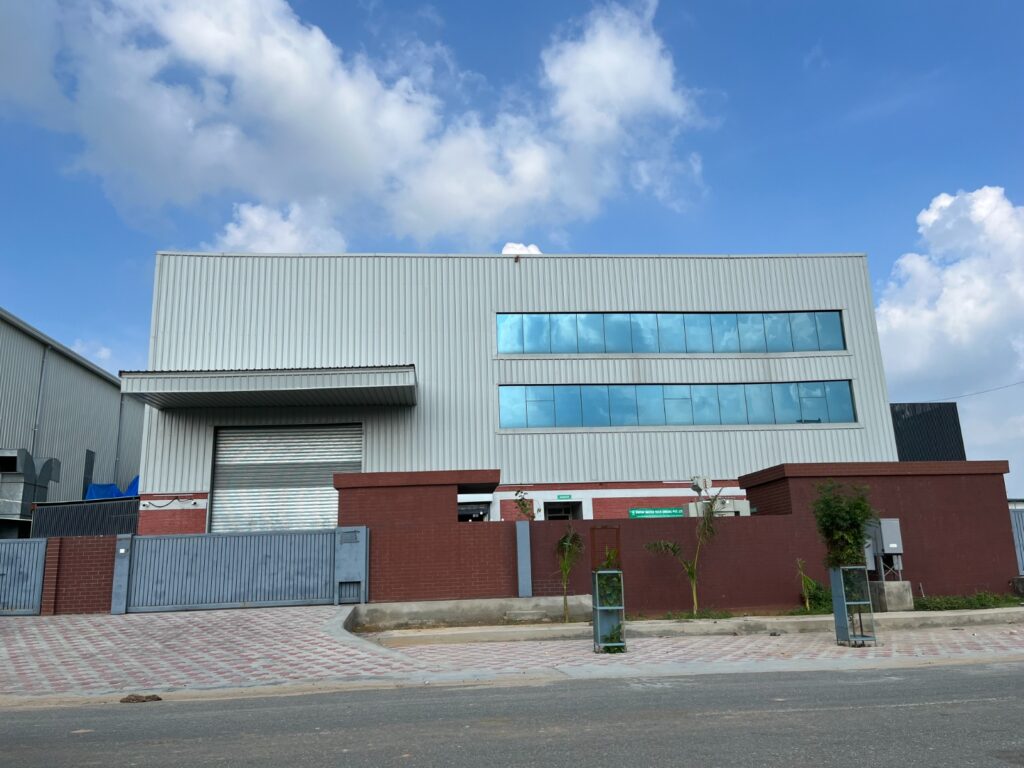Applications
Pharma Industry
Water treatment and wastewater treatment are critical processes in the pharmaceutical industry to ensure the production of safe and high-quality pharmaceutical products while minimizing the environmental impact.
Here are the key aspects of water treatment and wastewater treatment in the pharma industry:
- Purified Water Generation: The pharmaceutical industry requires high-quality water for various purposes, such as manufacturing, formulation, cleaning, and quality control. Purified water systems are used to produce water that meets specific quality standards, typically following guidelines such as the US Pharmacopeia (USP) or European Pharmacopoeia (Ph. Eur.). Purification processes may include filtration, activated carbon adsorption, ion exchange, reverse osmosis, and ultraviolet (UV) disinfection to remove impurities, organic compounds, microorganisms, and endotoxins.
- Water for Injection (WFI): Water for Injection is a specific grade of water used in pharmaceutical manufacturing, particularly for sterile preparations, parenteral products, and some cleaning processes. WFI systems employ additional purification steps to achieve higher quality and purity compared to purified water systems. These steps may include distillation, multiple-effect stills, or membrane processes like reverse osmosis combined with subsequent ultrafiltration and UV disinfection.
- Process Water Treatment: Within the pharmaceutical manufacturing processes, water is used for various applications, such as cleaning, mixing, granulation, and formulation. Process water treatment ensures the quality and reliability of water used in these processes. Treatment technologies such as filtration, carbon adsorption, ion exchange, and UV disinfection are employed to remove impurities, particles, and microorganisms that can affect the quality and safety of the final products.
- Wastewater Treatment: The pharmaceutical industry generates wastewater containing various organic compounds, residual chemicals, active pharmaceutical ingredients (APIs), and potentially hazardous substances. Wastewater treatment plants (WWTPs) are implemented to treat and remove these contaminants before discharge to the environment or for reuse. Treatment processes may include physicochemical treatment (coagulation, flocculation), biological treatment (activated sludge, bioreactors), advanced oxidation processes (AOPs), and membrane technologies (reverse osmosis, ultrafiltration) to achieve the required effluent quality standards and ensure environmental compliance.
- API and Hazardous Waste Treatment: The pharmaceutical industry may produce hazardous waste streams containing expired or off-spec drugs, solvents, or other chemical residues. Proper treatment and disposal of these wastes are essential to ensure regulatory compliance and prevent environmental contamination. Treatment processes such as incineration, chemical neutralization, or specialized destruction methods are employed to render the waste safe for disposal or to recover valuable resources.
- Clean-in-Place (CIP) Systems: CIP systems are employed in the pharmaceutical industry for cleaning and sanitizing process equipment, pipelines, and storage tanks. These systems use water, detergents, and sanitizing agents to remove residues, microorganisms, and contaminants from the equipment surfaces, ensuring proper hygiene and preventing cross-contamination.
- Validation and Compliance: The water treatment and wastewater treatment processes in the pharmaceutical industry are subjected to stringent validation and compliance requirements.
Validation protocols and documentation ensure that the treatment systems consistently meet the specified quality standards, and regulatory compliance ensures adherence to relevant guidelines and regulations, such as Good Manufacturing Practices (GMP) and environmental regulations. By implementing robust water treatment and wastewater treatment processes, the pharmaceutical industry can maintain product quality, protect public health, and minimize the environmental impact of its operations.

